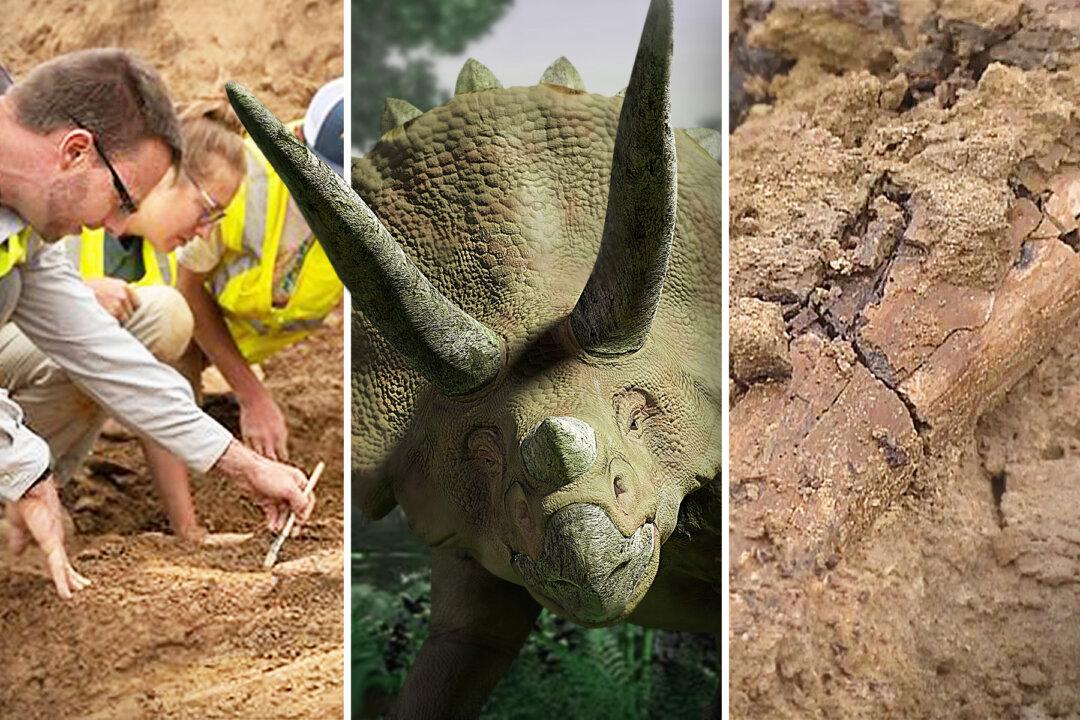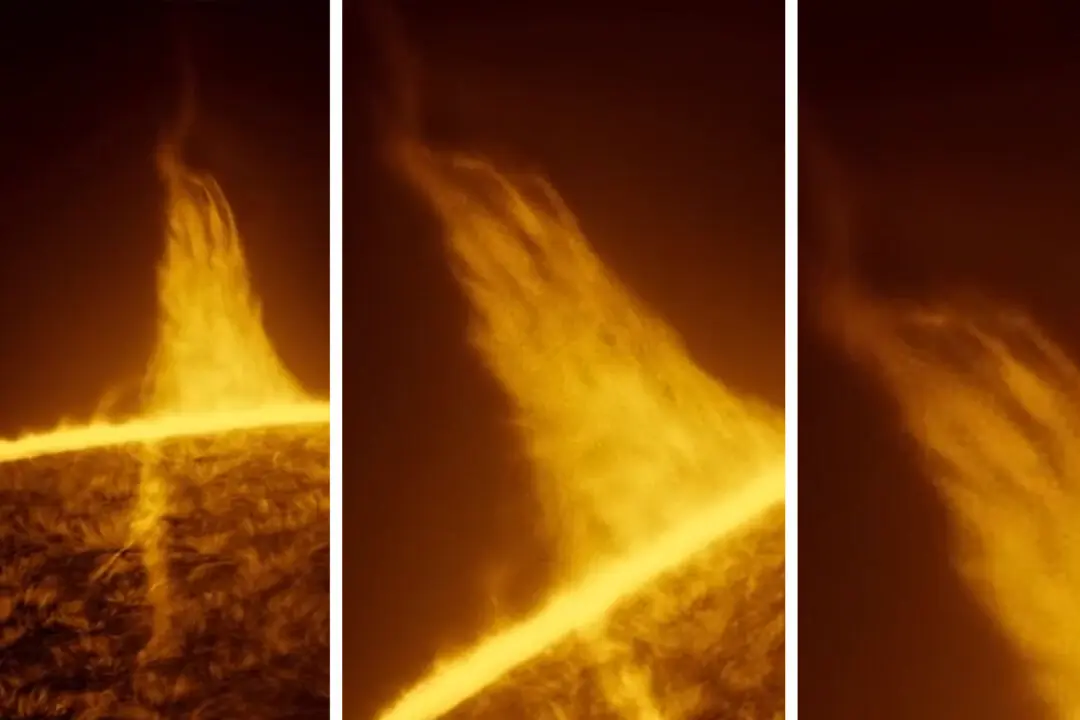In Denver, Colorado, it’s not uncommon for construction workers to unearth reptilian fossils that are tens of millions of years old.
A recent dinosaur excavation near a south Denver retirement community that began last May was reason for excitement even by Denver standards.






